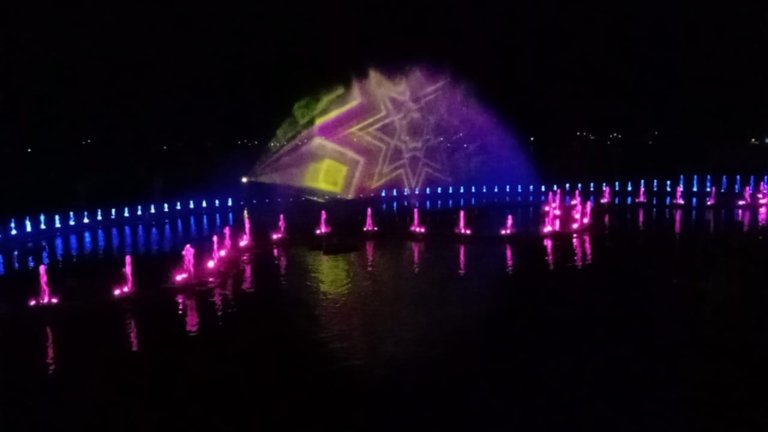This post is also available in:
![]() Indonesia (Indonesian)
Indonesia (Indonesian)
Profile
This post is also available in:
![]() Indonesia (Indonesian)
Indonesia (Indonesian)
Thematic: Geo-Culture Diversity
- Hoda stone, altered YTT sediment
- Simanindo, terrace sediments
- Huta Bolon, Batak Museum
Geological Aspects
Landscape panorama of the northern tip of Samosir Island (Simanindo area), showing traces of uplift in the form of small islands (top), traces of stepped terraces (middle and bottom). Simanindo up-lifting landscape. Batuhoda Samosir uplift, altered YTT Samosir sediments, uplift zone and slumping lake sediments.
Biological Aspects
On this Geosite, people plant corn, rice and sweet potatoes, shrubs, thorn trees, mango trees, bananas and others. Apart from that, from the potential of the lake’s water, people fish for carp and tilapia.
Cultural Aspects
The Huta Bolon Simanindo Museum is a heritage site of King Sidauruk located in Simanindo Village. Since 1969 this building has been used as a museum open to the public. In this museum area there are a number of traditional houses with the Huta Bolon Simanindo building as the master piece. The collections from the Huta Bolon Museum consist of ancestral relics from the Toba Batak people, especially those who live in Samosir; such as parhalaan, pustaha laklak, Tunggal Panaluan, and Solu Bolon. This museum also offers exhibitions of traditional art performances (gondang music and tor-tor/Toba Batak dance). This location is in the Simanindo-Batu Hoda Geosite area, besides that at Rumah Bolon, attractions are displayed
Sigale-gale
Is a doll made of wood. The material used is known to the people as “hau pokki (a type of ironwood) in Latin Eusideroxylon Zwageri)”. The sigale-gale dance depicts the story of the sadness of a king who lost his child. There was a rich king named Tuan Rahat. He has a son named Si Manggale. It is hoped that her child will soon find a mate. But every woman he likes always doesn’t want to accompany him. One day, the king sent his son to war in order to expand the kingdom’s territory. It turned out that the child also died on the battlefield. To commemorate his son, the king ordered a statue to be made in the child’s likeness, and as lifelike as possible. The statue was later named Sigale-gale. However, the king ordered that the statue be placed some distance from the house, namely in Sopo Balian. Later, during his death ceremony, the statue can be invited to dance next to his body. So the Sigale-gale performance used to be held only for a king who had lost an heir, but now it is shown to tourists.
Terkait
Map
Sorry, no records were found. Please adjust your search criteria and try again.
Sorry, unable to load the Maps API.


































